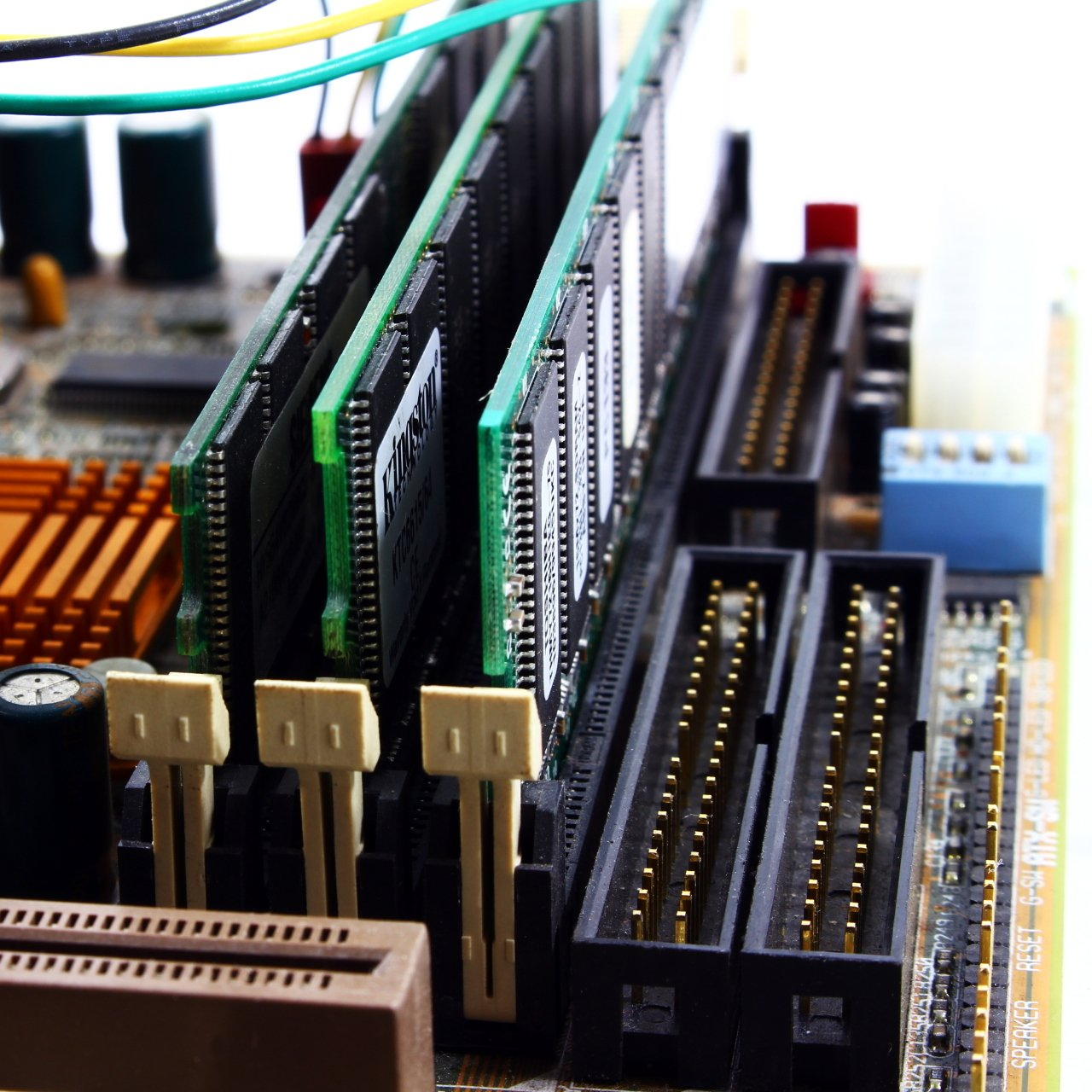Cybersecurity Compliance Audit Part 3 of 4
Is Your Business at Risk? Find Out with Our Cybersecurity Checklist: Part 3 of 4
Need to Train Employees for Off-Site Data Security

There are a few things to keep in mind when it comes to data security while working remotely. First and foremost, always make sure your devices are locked when you're not physically controlling them. This includes laptops, tablets, and even smartphones. If you're working at a coffee shop or other public place, it's especially important to lock your devices when you step away from them - even if it's just for a few minutes.
If your laptop or tablet is lost or stolen, don't panic. Immediately contact your IT department or security team, and they will help you through the process of securing your data. In the meantime, make sure you change any passwords that may have been stored on your device.
Finally, be extra vigilant about phishing attempts when working remotely. Scammers are always looking for new ways to exploit remote workers, so be sure to double-check links and attachments before clicking on anything. If something looks suspicious, err on the side of caution and don't click it.
Following these simple tips will help you stay safe and secure while working remotely.
Why you need a hardware/software asset list

When conducting an audit of your organization's hardware and software assets, it is important to create a detailed list of all resources. This list will serve as a guide during the audit and ensure that no resources are overlooked or misplaced. This is especially important when refreshing devices or reassessing security risks.
Including all hardware and software assets in your audit will give you a complete picture of your organization's IT landscape and allow you to make informed decisions about future purchases or upgrades. It can also help you spot potential security risks and areas where improvement is needed.
To get started, simply create a spreadsheet with columns for each type of asset (e.g., hardware, software, licenses, etc.). Then, populate the spreadsheet with the relevant information for each asset. Be sure to include the make, model, serial number, and location of each device, as well as the purchase date, version, and expiration date for software licenses.
Once you have a complete list of your organization's hardware and software assets, you can begin assessing which ones need to be updated or replaced. This process will help you save money and ensure that your devices are always up-to-date with the latest security patches.


We'll help provide the right security solutions for you.
Helping IT Managers to Chief Information Security Officers (CISOs) with security solutions, user training, and support so you can focus on the big picture.
CONTACT US
(651) 964-0040
support@essential-consulting.com
218 5th St E, Northfield, MN 55057
USEFUL LINKS
STAY INFORMED
You need a helping hand with your project?
We will get back to you as soon as possible
Please try again later

